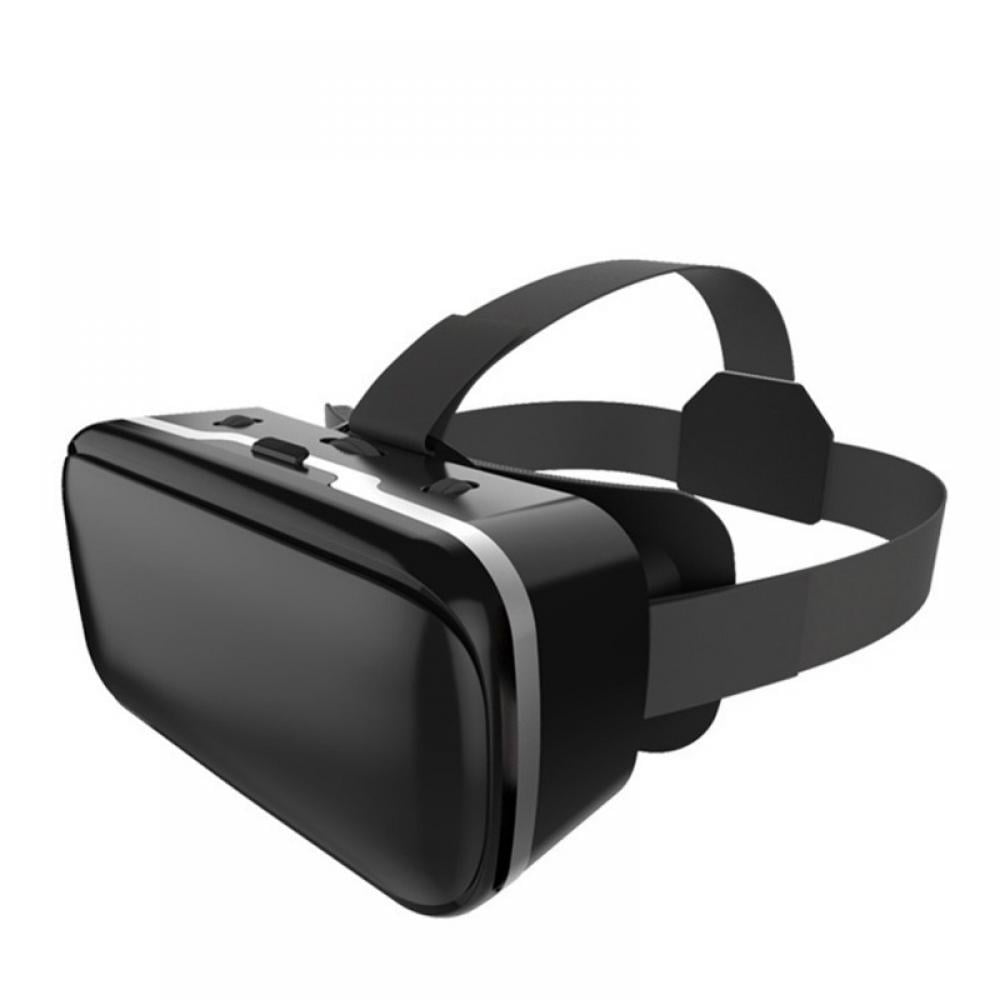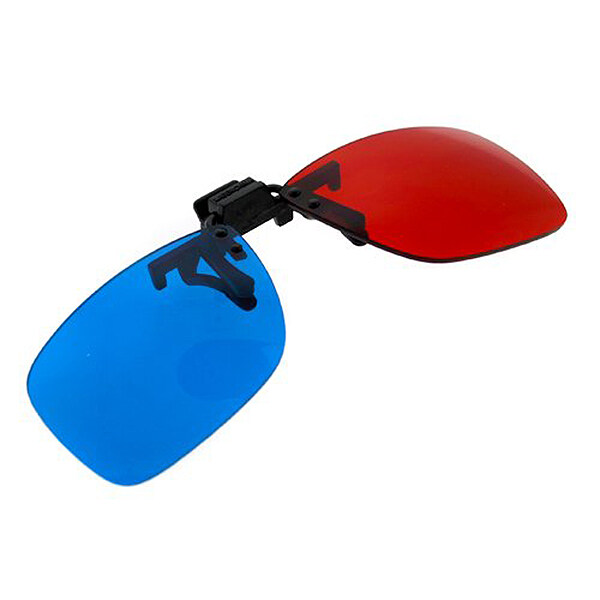
Frames are available in a variety of styles and materials, so look for comfort features, such as a sloped or padded area for the nose, as well as durability and aesthetics. A number of optometrists have started recommending blue-light-blocking glasses to patients who spend a large amount of time at computers or on phones or tablets.Ĭomputer glasses are available with non-prescription lenses, as well as with several standard prescription strengths. This light can cause harm to your retinas, disturb your sleep cycle and cause eye strain and headaches. These screens emit a large amount of blue light, which is adjacent to the harmful ultraviolet (or UV) portion of the electromagnetic spectrum.īlue light is visible, high-energy electromagnetic radiation that comes from the sun and from modern screen devices.
#Best 3d glasses for gaming tv#
Not surprisingly, viewing the cursor as one image was problematic, causing my eyes to strain and adjust to the new image.Īfter lowering both monitor's 3D depth down to 25 percent, hardly any ghosting was noticeable on the Nvidia, but I continued seeing double on the Samsung.Computer glasses, gaming glasses and blue-light-blocking glasses in general offer protection from the harm and fatigue caused by modern computer, tablet, phone and TV screens. Through the Nvidia lenses there was also a much more dramatic and convincing 3D parallax effect when I viewed the display from different angles.ģD works when it can successfully trick your brain into believing two images are actually one and is usually most successful with polygonal images however, 2D images that aren't in the actual game environment, like cursors, are usually less convincing. Also, when looking at 3D images on the Samsung, my eyes got fatigued much more quickly. Comparatively, the Samsung displayed much more crosstalk, with consistent and apparent ghosting on the edges of character models.

With Dragon Age 2, crosstalk was difficult to notice most of the time, but it did rear its head when viewing dark images on light backgrounds. These two changes, in conjunction with each other, allows for brighter images with less crosstalk. Also, in between each frame of the content being shown, the monitor backlight shuts off. With Lightboost, the shutters on each lens alternate more precisely and both are never closed at the same time. These characteristics of non-Lightboost tech cause images to both appear dark as well as display noticeable crosstalk. Also, the content being shown on the monitor displays each frame, sequentially, with no pause in between. With non-Lightboost monitors, shutter behavior is less efficient, exemplified by times when each shutter would be closed at the same time during operation. Lightboost controls both the backlight of the display and shutter behavior on the glasses. The technology is compatible with both first- and second-gen glasses, but requires a monitor that features Lightboost. Right away I noticed how much brighter images on the Asus' screen were compared with the Samsung, a fact that can be attributed to Nvidia's Lightboost technology. The endpiece is also about twice as long as it was before and the Micro-USB port is still located on the underside of the endpiece. The power button is now located on on the left endpiece, right in the middle of the gray Nvidia logo.


On the second-gen glasses, the temple is wider and flatter, with a rubber cushion at the ends, making for a much more comfortable experience. The first-gen glasses sported a thinner, circular-shaped temple that became really uncomfortable when wearing headphones. The nose pad seems to be slightly wider, with the rubber padding covering more surface area. Gone is the glossy, piano-black finish, replaced with a matte, dark gray look that thankfully uses a much more comfortable, softer-feeling plastic.Īlso, the handles don't squeeze my head as tightly, but still feel suitably snug when wearing the glasses. In fact, the second-gen glasses sport an almost complete redesign from the first-generation specs.

This can be attributed to the thick brim and endpiece that surround the lenses, as well as the more angular edges compared with the first-gen 3D Vision glasses. The Nvidia 3D Vision 2 glasses look less like actual glasses and more like goggles.


 0 kommentar(er)
0 kommentar(er)
